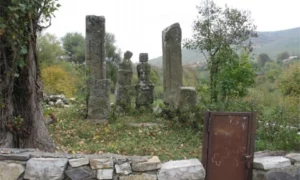Dating back to the pre-Christian era, the Gomareti Steles are among the most significant artifacts of Georgian culture. These stone stelae and crosses, discovered in the vicinity of Gomareti, hold immense value not only for the study of Georgian art history but also for understanding the early history of the Georgian Church. The steles serve as a vital source of historical knowledge, adorned with contemporary ornaments and bearing lapidary inscriptions that classify them as epigraphic monuments. The region of Kvemo Kartli, with Gomareti at its heart, is recognized as a principal center for the study of these ancient artifacts.
Ancient Artifacts
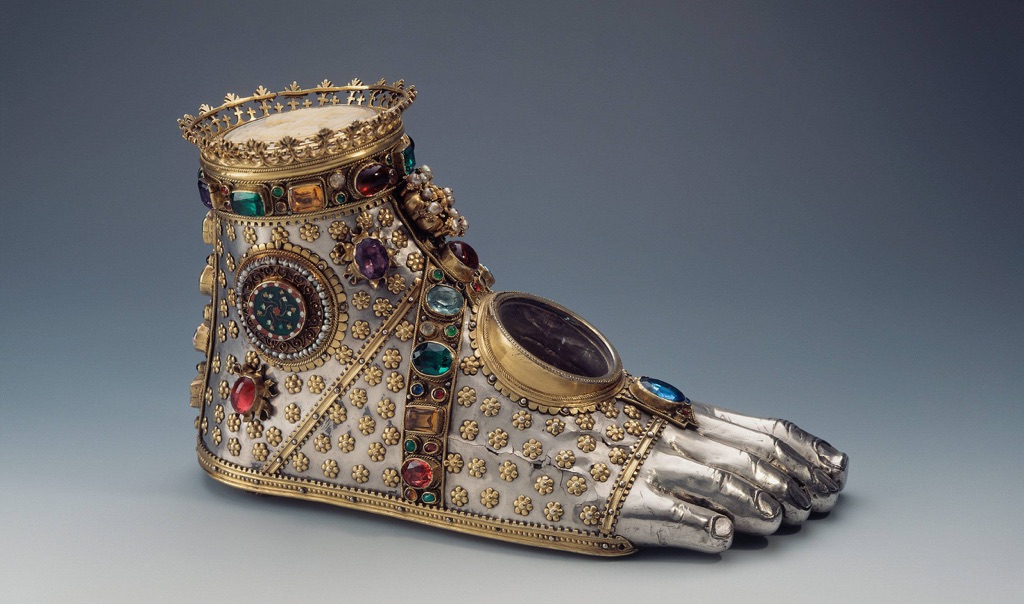
Moving to the East, ancient China artifacts like bronze vessels and oracle bones shed light on the rituals and governance of early Chinese dynasties. These artifacts highlight China’s long history of craftsmanship and written language. Similarly, ancient Egyptian artifacts are world-renowned, particularly for their funerary art, such as the treasures from King Tutankhamun’s tomb. These pieces reflect the Egyptians’ beliefs about death and the afterlife. Artifacts are not just old objects to be displayed in museums; they are keys to unlocking the secrets of human development across the ages. They preserve the ideas and values of people who lived thousands of years before us. Through careful study, they teach us about our collective history and heritage.
Among the most famous ancient artifacts in the world is the Rosetta Stone. Discovered in 1799, this granodiorite stele was the key to understanding Egyptian hieroglyphs—a script made of small pictures that was used originally in ancient Egypt for religious texts. The Rosetta Stone is inscribed with a decree issued at Memphis in 196 BC on behalf of King Ptolemy V. The decree appears in three scripts: the upper text is Ancient Egyptian hieroglyphs, the middle portion Demotic script, and the lower Ancient Greek. Because it presents essentially the same text in all three scripts, it provided the crucial link for scholars to decipher Egyptian hieroglyphs, thereby opening a window into ancient Egyptian history.
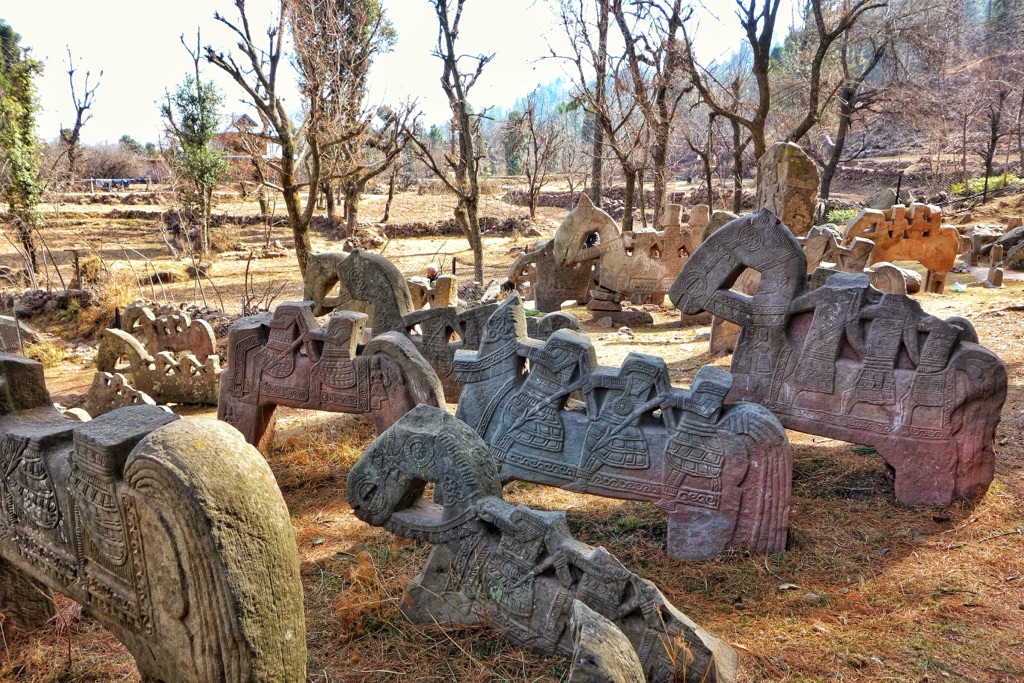
The title of the oldest artifact on earth goes to the stone tools found in Lomekwi 3, Kenya, which date back to 3.3 million years ago. These tools predate the earliest known humans and suggest that tool-making was a part of our pre-human ancestors’ way of life. These ancient tools mark a significant milestone in human evolutionary history, indicating the beginnings of technology and innovation. They are not just simple objects; they represent the dawn of human ingenuity and the very first steps towards the complex societies we have today.
An ancient artifact can be defined as any item made or used by humans in ancient times that has cultural, historical, or archaeological significance. These artifacts can range from monumental structures like the pyramids of Egypt to small, everyday objects like Roman coins. They can include items as diverse as weapons, clothing, and artwork. Each artifact, no matter its size or apparent significance, offers a glimpse into the lives of those who came before us, providing evidence of past behaviors, beliefs, and social structures.
Famous ancient artifacts not only include monumental finds like the Rosetta Stone or the treasures of Tutankhamun’s tomb but also the Terracotta Army of China, the Dead Sea Scrolls, and the Venus of Willendorf. The Terracotta Army, buried with the first Emperor of China, Qin Shi Huang, consists of thousands of life-sized figures meant to protect the emperor in the afterlife. The Dead Sea Scrolls, discovered in a series of caves near the Dead Sea, are ancient Jewish texts that offer invaluable insight into the history of Judaism and the early text of the Bible. The Venus of Willendorf, a small Paleolithic figurine discovered in Austria, dates back to about 28,000 BCE and is thought to represent fertility. Each of these artifacts, in its own way, has reshaped our understanding of human history, offering evidence of the complexity, diversity, and ingenuity of ancient civilizations.
List of Discovered Ancient Artifacts
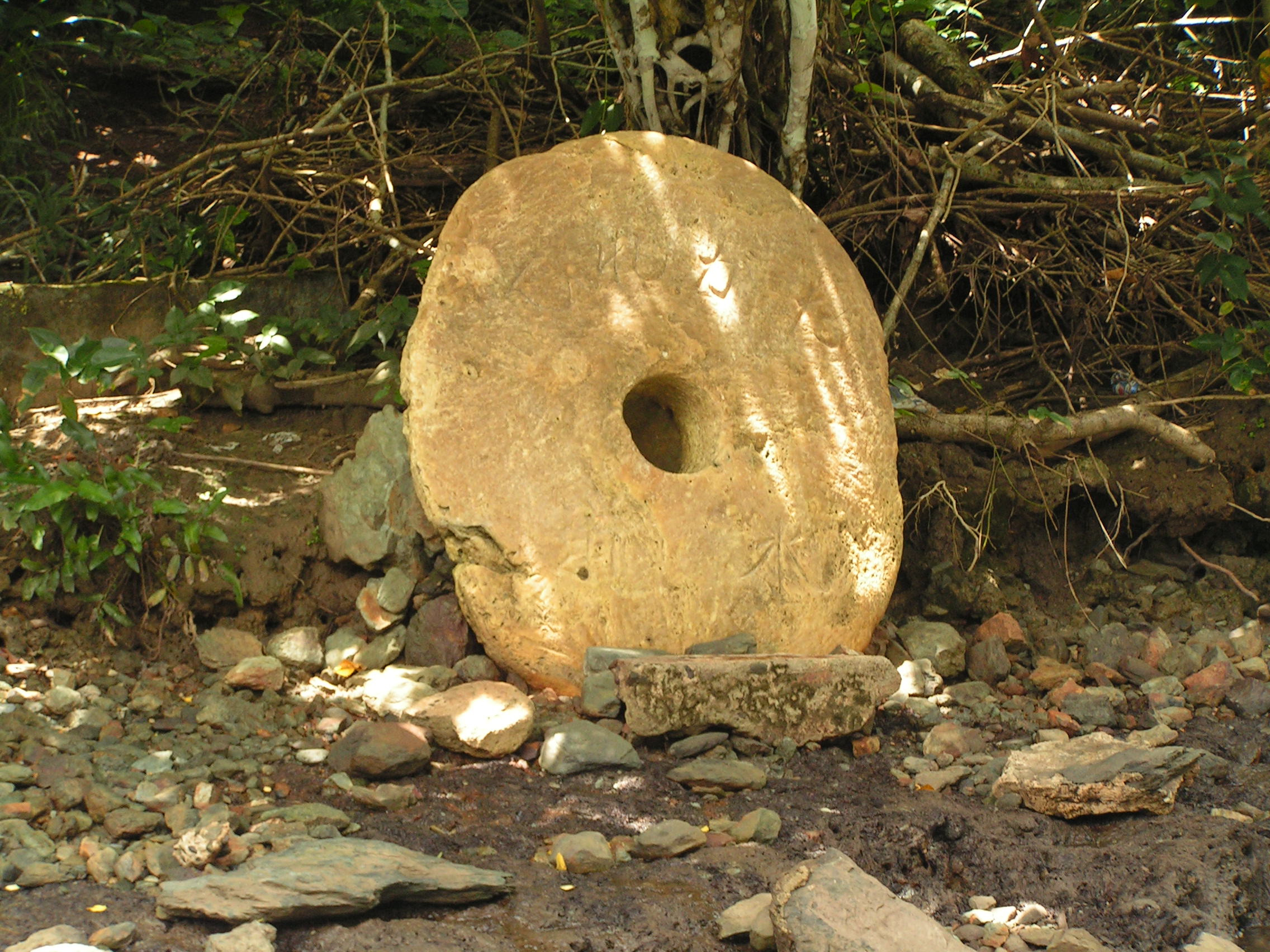
Money Stones Yap island
The Money Stones of Yap Island, also known as Rai stones, are a unique form of currency. They are large, circular stone disks with a hole in the middle. The Yapese people used them in the Micronesian island of Yap. These stones vary in size and value, with some reaching up to 12 feet in diameter. They are notable for their use as money, despite being cumbersome and often immovable. The Rai stones’ value is not only based on their size and craftsmanship but also on their history and the difficulty of obtaining them. They were quarried on distant islands and transported to Yap via canoe, which was a dangerous and labor-intensive process. This form of currency is a fascinating example of how different cultures have conceptualized value and wealth.
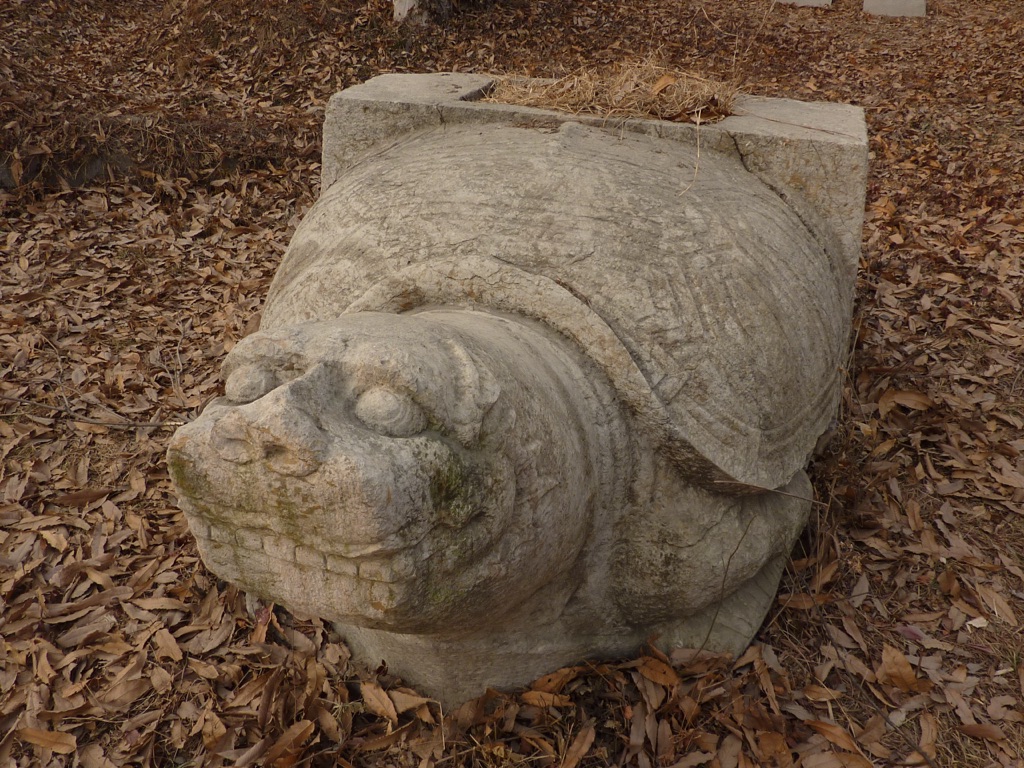
The Chinese Bixi
The Chinese Bixi, part of the fascinating realm of Chinese mythology and art, are monumental stone sculptures depicting tortoises carrying steles (stone or wooden slabs, often inscribed) on their backs. These creatures are among the Nine Sons of the Dragon, each with its own unique characteristics and roles within Chinese cultural symbolism. The Bixi, known for its strength and endurance, became a popular motif for memorializing important texts, edicts, and commemorations in stone, serving both a practical function in preserving these documents and a symbolic one in representing longevity and stability.
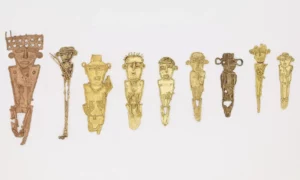
The Tunjo Figurines
The Muisca people, an indigenous civilization that thrived in the Altiplano Cundiboyacense region of modern-day Colombia, have left behind a remarkable legacy through the Tunjo figurines. These small, intricately designed metal figures, often crafted from gold or a gold alloy, are not merely artifacts; they are windows into the religious practices, social structures, and artistic achievements of a civilization that flourished before the Spanish conquest. This article aims to explore the significance of the Tunjo figurines in understanding the Muisca civilization, their religious beliefs, and their advanced metallurgical skills.
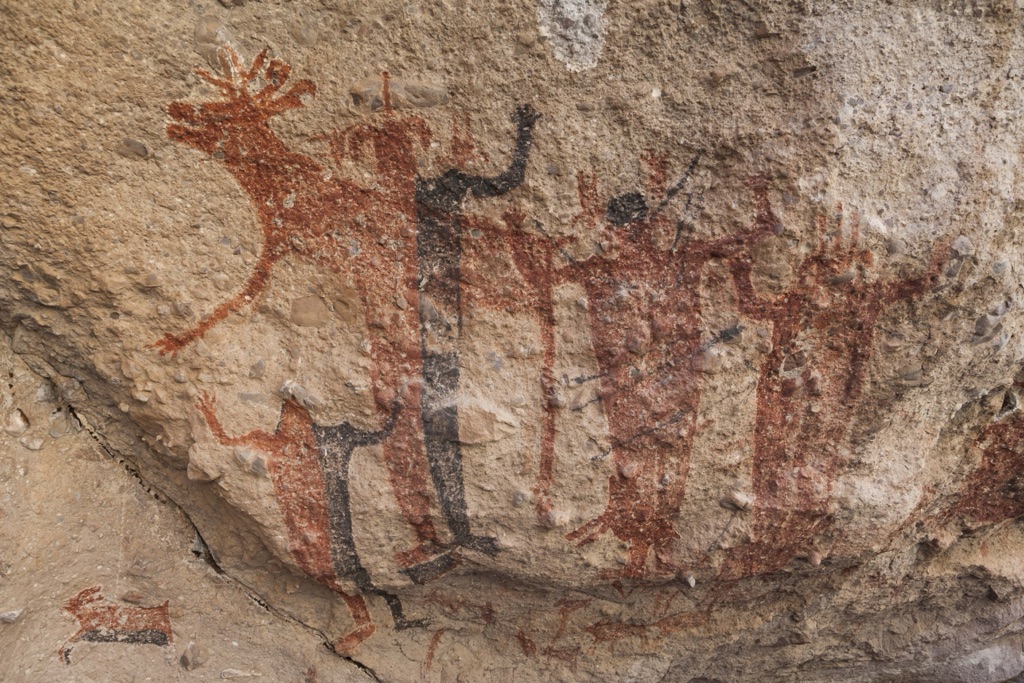
Rock Paintings of Sierra de San Francisco
The Rock Paintings of Sierra de San Francisco are a collection of prehistoric cave paintings in Baja California Sur, Mexico. They are one of the most outstanding concentrations of rock art in the world. These paintings, created by the indigenous people of the Baja California Peninsula, depict human figures, animals, and other symbolic elements. They are a testament to the rich cultural history of the region and have been recognized as a UNESCO World Heritage Site since 1993.
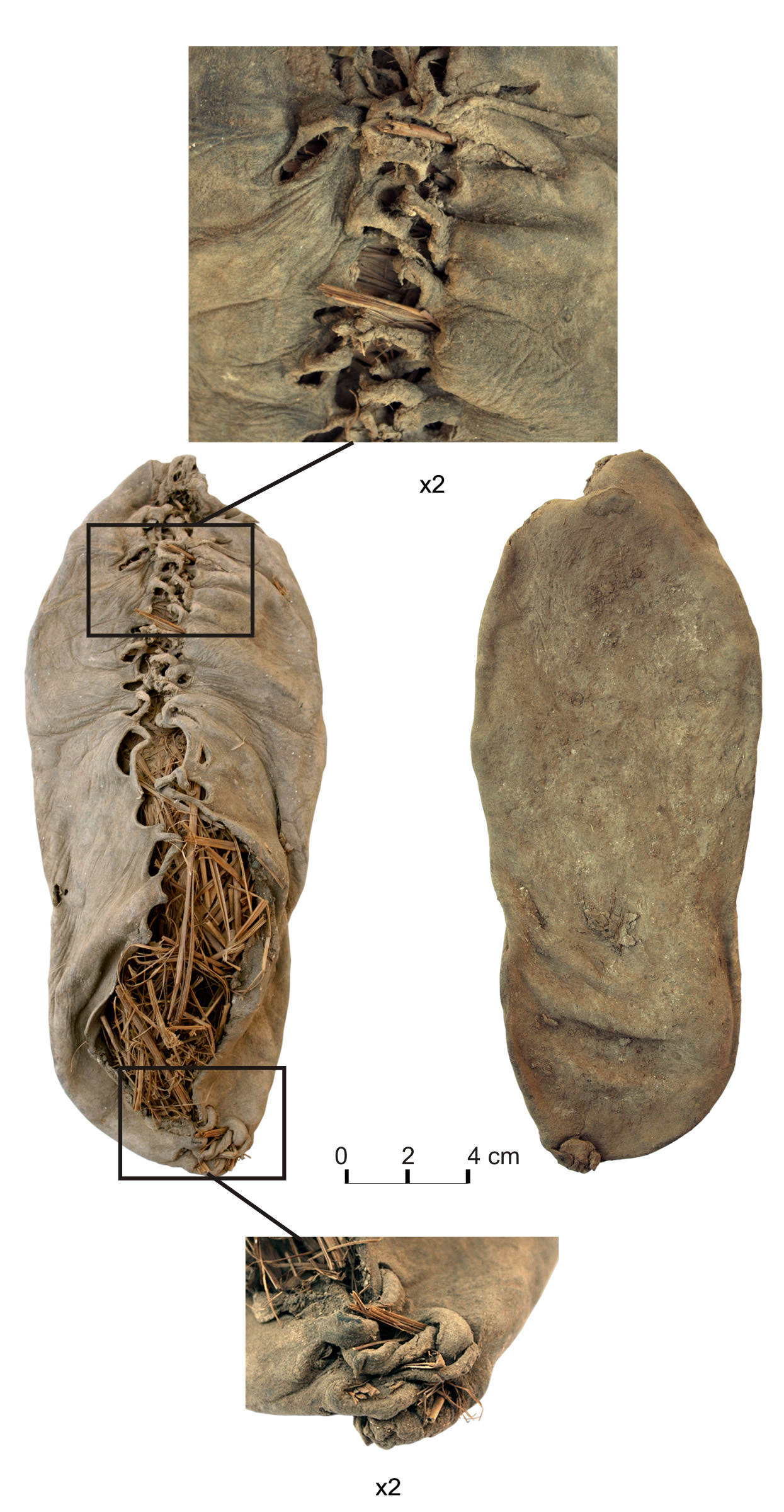
Areni-1 shoe
The Areni-1 shoe is a remarkable artifact discovered in 2008 in the Areni-1 cave complex in Armenia. This well-preserved leather shoe, dating back to around 3500 BC, provides invaluable insights into the apparel and craftsmanship of prehistoric peoples. The shoe’s discovery within a cave that also housed other artifacts, including pottery, children’s graves, and even…

